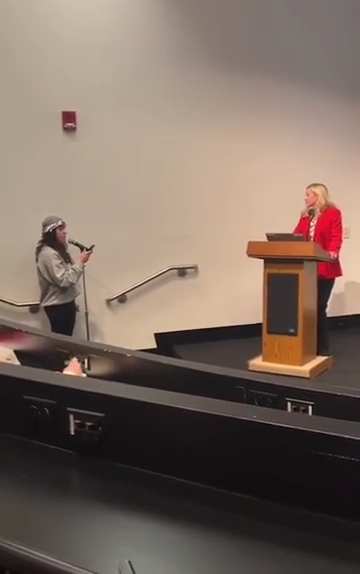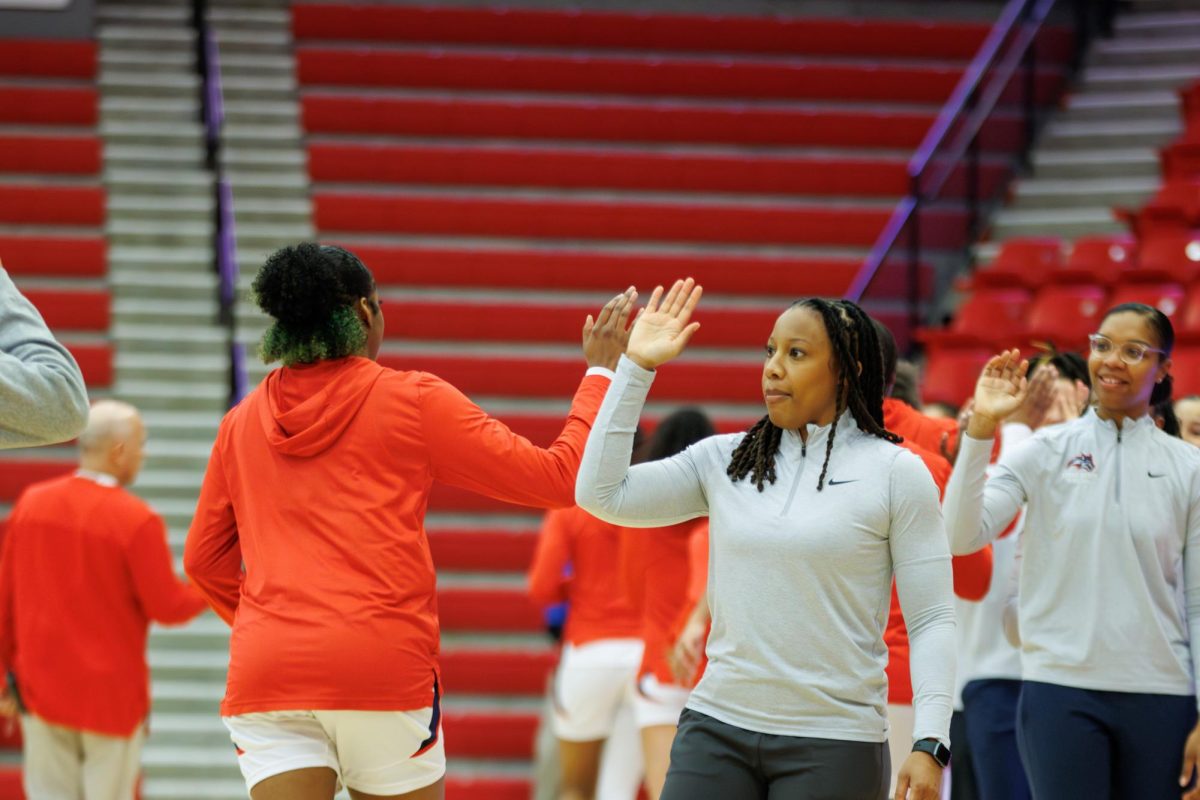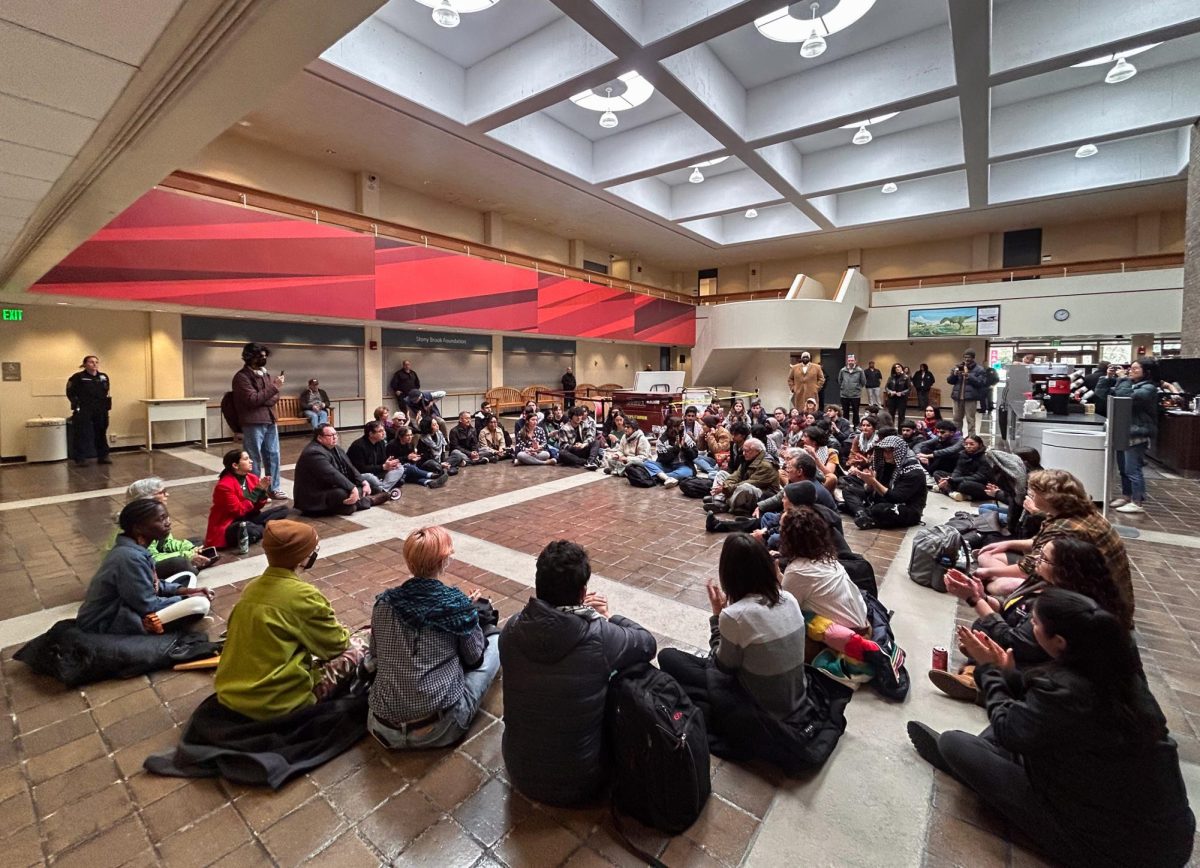
The Division of Information Technology eliminated midsemester evaluations due to complaints from students and faculty.
According to Patricia Aceves, director of the Faculty Center in Teaching, Learning + Technology, both students and instructors found that the midsemester surveys were a burden and were causing “survey fatigue” for students—students took so many surveys that they became tired of doing so.
The response rates for the midsemester evaluations were considered extremely low, with students only completing 12 percent of surveys, according to Aceves. “In real numbers, this means that out of 106,000 surveys, only 12,720 were completed,” she said.
This trend was not only isolated to midsemester evaluations with end of the year evaluations experiencing the same problems.
According to DoIT’s website, the survey’s response rates dropped throughout the years with a 53 percent response when the evaluations were in a pilot stage in 2010, which fell to 36 percent in Fall 2011. Aceves said that in Fall 2013 rates were around 39.5 percent for end of the year evaluations.
“Unfortunately, it is a Catch 22—if students don’t fill them out, faculty don’t have good data to use to improve their teaching,” Aceves said. “If faculty don’t use the results, students don’t feel it is worth their time to complete them.”
Currently, the university is trying to improve this issue for the end of the year evaluations. DoIT asserts that students need to be better informed of the importance and use of these evaluations. The division is exploring ideas like “offering random prize drawings” to encourage students to complete the evaluations.
Other attempts at increasing response rates include requiring students to fill out the evaluations on their computers at the end of their class.
Last semester, the Undergraduate Colleges tried to encourage students to complete their class evaluations for their Freshman 101 courses by giving the college with the highest response rates 25 Battle of the UGCs points.
Evaluations will not be made mandatory because it will lead to low quality responses on the surveys, according to the university.
“We know that instructors value student feedback and we know students want to have their feedback valued,” Aceves said. “Students must contribute to the process and complete their evaluations in order for real change to happen.”
Unlike previous semesters, professors around campus are given a “midterm assessment form” by DoIT—they can choose to distribute these forms to their students instead of requiring them to fill out midsemester evaluations online.
The online course evaluation system began in 2010 when Stony Brook transitioned from paper to online evaluations. The university launched a pilot program in Fall 2010 and fully implemented the online system in Spring 2011.















